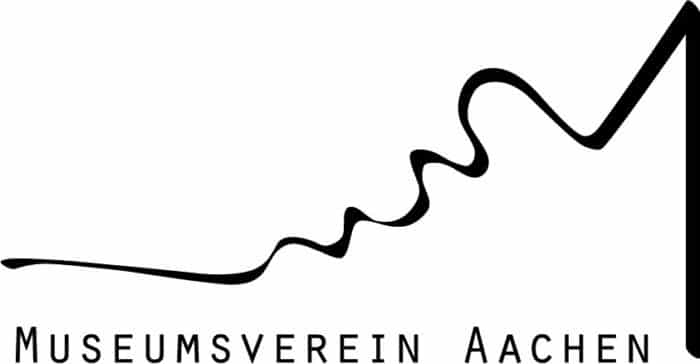Inner Courtyard
In the small inner courtyard the three buildings of the Couven- Museum meet: „Haus Monheim“, the „Haus zum Lindenbaum“ and the rear courtyard house. Unlike in the previous building on Seilgraben („Haus Fey“), which was completed in 1765-67 by Jakob Couven in the manner of a French hôtel with a „Cour d’honneur“, Couven did without such a court of honour in the reconstruction of the „Coeberghisches Stockhaus“ in 1786.
In the inner courtyard, plastered with the regionally typical blue flagstones there is a fountain, also of stone, with an 18th century Italian marble incrustation lined with two cast-iron relief vases between the rustic window settings.
Among the most beautiful Dutch Fayence pieces of the late 17th century are the two „Cache pots“. Putti making music adorn the centre frieze amidst a colourful flower ornamentation in orange, green and cobalt blue. The handles are rolled into elegant volutes and decorated with mascarons and sculptured heads. A terra-cotta garden statue originally from „Haus Fey“ on Seilgraben and a stone stairway with a curved cast-iron banister round off the romantic ambience of the inner courtyard.
The conserved exhibits can only hint at the iconographical significance of garden architecture. The careful lay-out of gardens had been an important component in courtly architecture since the 15th century. After the Italian Renaissance gardens, the trend developed towards Baroque gardens à la fran¸caise, mostly with an allegorical sculpture programme. In the Rococo period the focus of garden design changed: instead of the central axis as the backdrop for bombastic displays of power, the „Cabinet“ now took over as the stage for courtly games.


